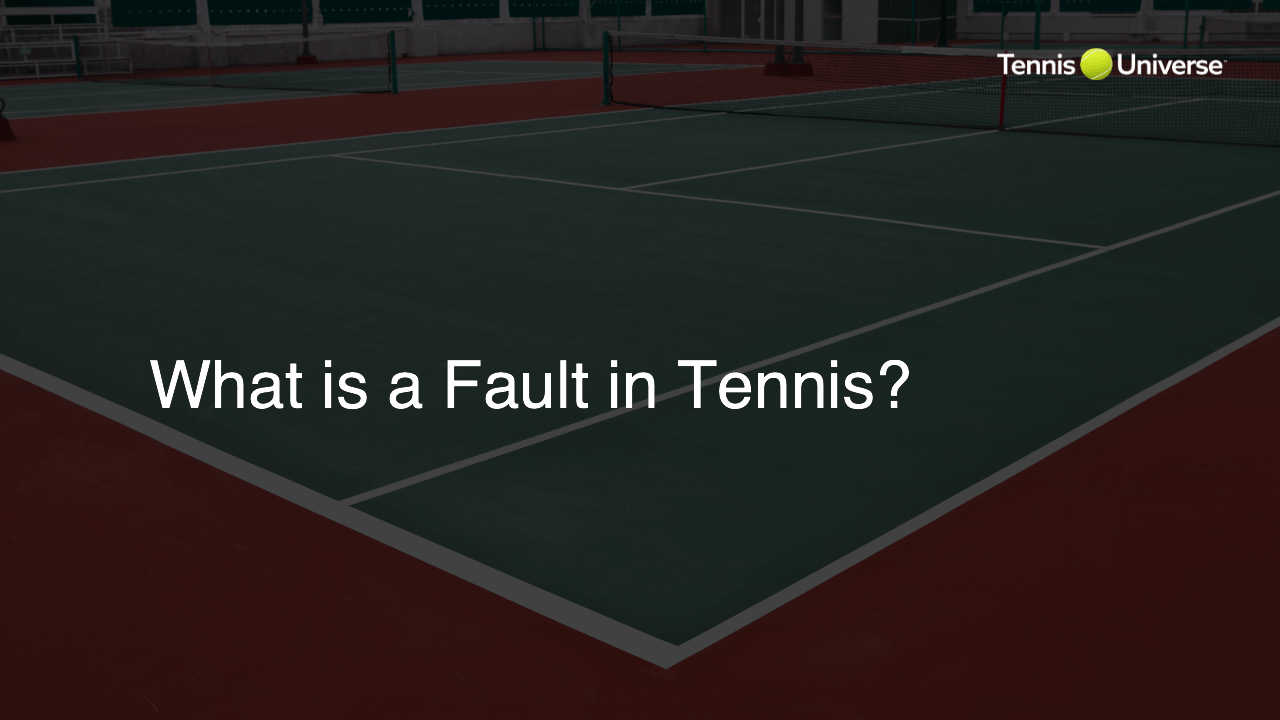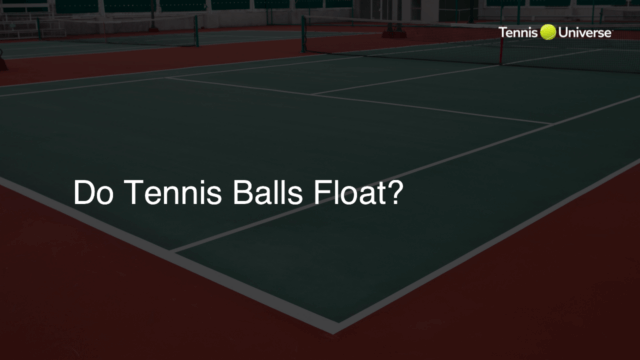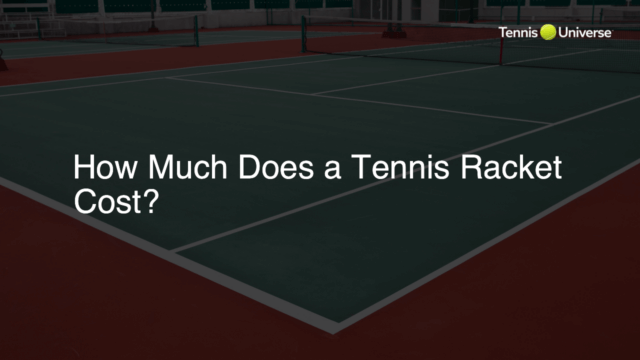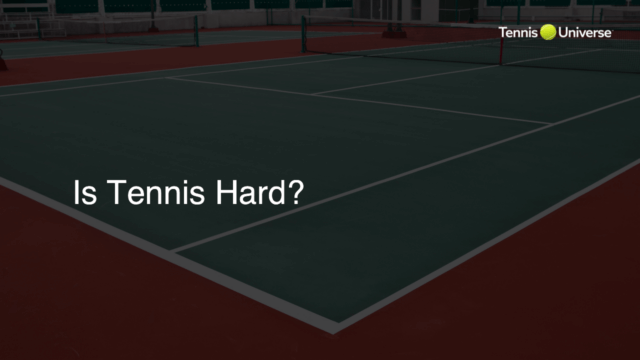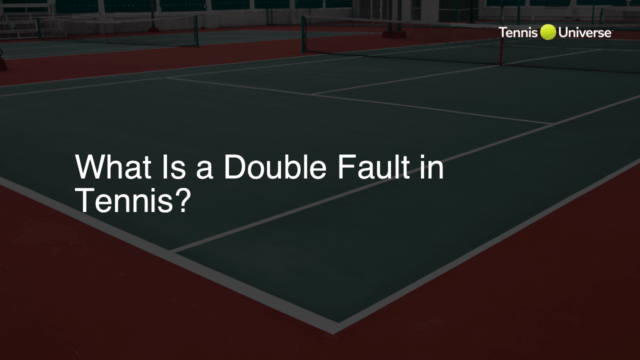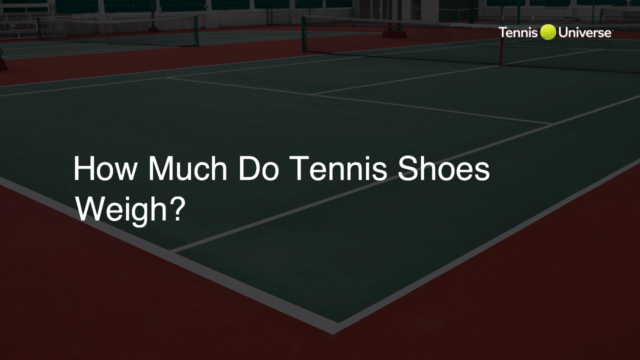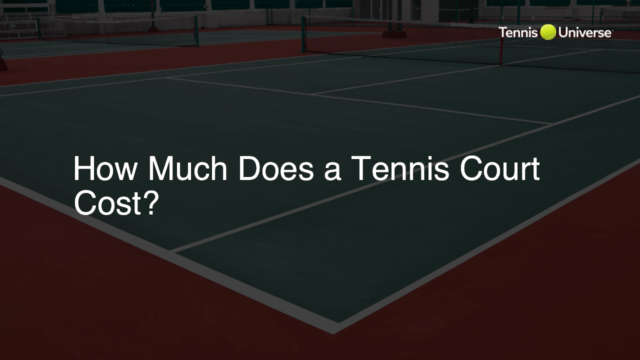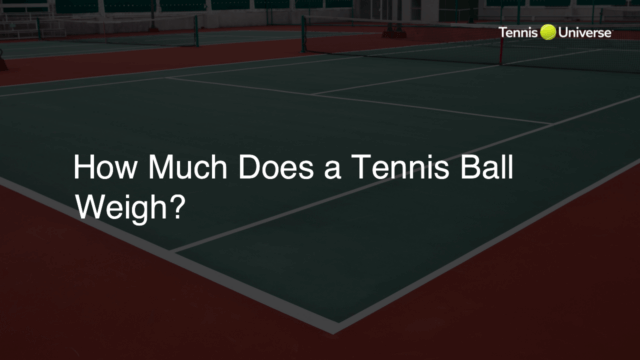A fault in tennis is a failed serve attempt where the ball either lands outside the service box or hits the net. There are two chances to serve successfully; if both attempts result in faults, it is called a double fault and the server loses the point.
Understanding a Fault in Tennis
A fault in tennis is a failed serve attempt during a match, resulting from the ball not landing within the correct boundaries of the service box, or from the ball hitting the net. This can occur due to a number of factors, such as poor technique, bad timing, or misjudgment of power and direction.
Types of Faults
Service Fault
In tennis, a service fault occurs when the server does not hit the ball into the designated service box diagonally across the net from where he or she is serving. The service box is bound by the net, the singles sideline, the service line, and the center service line.
Foot Fault
A foot fault happens when the server steps on or across the baseline during the service motion, or fails to maintain contact with the ground behind the baseline while serving. Foot faults are commonly seen in casual play but can also occur in professional matches, leading to a fault being called.
Dealing with Faults
Players are given two chances to serve successfully in tennis. If the first serve results in a fault, they will have a second attempt – known as the second serve. During the second serve, the server must prioritize accuracy and control over speed and power to avoid a double fault. Failing to serve successfully on both attempts results in a double fault, and the receiver wins the point.
Improving Serving Technique Using a Tennis Racket
To reduce the chances of faults, players can practice their serving technique using a tennis racket by focusing on three key elements:
- Consistent Toss: Practice maintaining a consistent toss, placing the ball in the same spot relative to the body, and at a height that allows for optimal contact.
- Proper Stance: Make sure to maintain a balanced stance with feet positioned correctly on the court. This will help avoid foot faults while providing a stable base for the serve.
- Smooth Swing: Develop a smooth and relaxed swing that emphasizes fluid motion and optimal racket acceleration. This will increase accuracy and control during the serve.
By carefully refining these aspects of the serve, tennis players can lower the risk of faults and improve their overall serving performance.
Common Fault Causes
Both beginners and advanced tennis players may encounter faults due to various factors. Understanding these common causes can significantly help players mitigate them and improve their game.
- Overstraining: Players often try to generate maximum power and speed with every serve, leading to a loss of control and accuracy. Striking a balance between power, speed, and precision is crucial in reducing faults.
- Improper Grip: Employing an incorrect grip on the tennis racket can lead to faults. Adjusting the grip, whether it’s an Eastern, Continental, or Western grip, depending on the serve, can improve the serving technique and reduce faults.
- Nerves: Pressure or nerves can affect a player’s performance, especially during crucial points in a match. Focusing on staying relaxed and using visualization techniques can help combat nerves and improve execution.
Tennis Tips: Reducing Double Faults
Players can employ several tennis tips to lower their double fault count, allowing them to improve their serving reliability and potentially turn the tide in their favor during a match.
- Develop a Reliable Second Serve: Cultivating a consistent, controlled second serve can be a game-changer. With a dependable second serve, players can avoid double faults and maintain pressure on the opponent.
- Focus on Rhythm: Every player has a natural rhythm for their serve. Maintaining this rhythm can improve overall serving consistency and reduce the occurrence of faults.
- Minimize Unforced Errors: Double faults are considered unforced errors in tennis. Becoming more aware of the potential mistakes that lead to double faults, and working on ways to rectify them, can significantly help in improving serving performance.
- Be Prepared: Players should establish a serving ritual, which can include deep breaths and mental visualization. This practice can help players maintain focus and avoid being interrupted by distractions on the court.
Impact of Faults in Tennis Matches
The impact of faults, particularly double faults, goes beyond merely losing a point. A high fault count can reduce a player’s confidence in their serving ability, putting them at a disadvantage against opponents who can capitalize on this weakness. Moreover, a high-risk serving approach can lead to more unforced errors, making a player more susceptible to losing games and matches. By addressing the issue of faults, tennis players can greatly improve their performance and competitiveness on the court.
FAQ Section
In this section, we address some frequently asked questions related to faults in tennis, serving techniques, and improving one’s overall game. These concise and direct questions and answers aim to provide valuable insights to tennis enthusiasts.
What is the importance of a consistent toss in serving?
A consistent toss allows the server to strike the ball at a predictable height and position, enabling better control, accuracy, and timing during the serve, which can help avoid faults.
How can I minimize foot faults during serves?
Minimizing foot faults involves developing a stable stance on the court, being mindful of the positioning of your feet relative to the baseline, and practicing your serving motion to ensure you stay behind the baseline throughout the serve.
How should I practice my second serve to avoid double faults?
Practice your second serve by focusing on accuracy and control over power and speed. Work on a consistent toss, proper stance, and smooth swing, ensuring that you maintain your natural rhythm throughout the serving motion.
How do I determine the proper grip for my serve?
To determine the proper grip, experiment with Eastern, Continental, or Western grips, and find the one that provides the best combination of comfort, control, and accuracy during your serves. Consulting with a tennis coach or studying professional players’ techniques can provide guidance in choosing the right grip for you.
What mental techniques can I use to manage nerves during a match, especially during serves?
To manage nerves, develop a serving ritual that includes deep breaths, visualization, and focusing on personal cues to maintain concentration. By staying relaxed and focused, you can reduce the impact of nerves on your serves and overall game.

